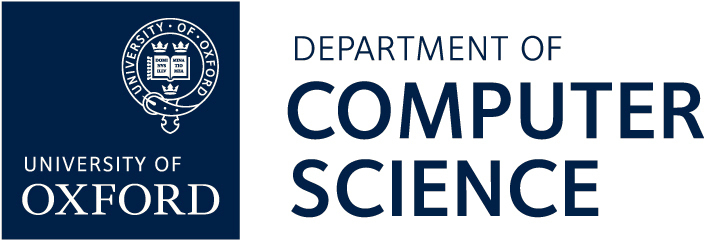MorphoCam is a cutting-edge project that aims to develop a software pipeline using new AI technology to estimate animal population density and automatically gather data on animal size and shape from camera trap images. The project began in April 2024 and is being conducted in partnership with Oxford’s Department of Computer Science and WildEye Conservation in South Africa.
CONSERVATION CONTEXT
Biodiversity is declining worldwide, and many wildlife populations in vulnerable ecosystems lack reliable information about their status. Understanding species abundance and population structure is crucial for effective conservation. With advances in technology, camera traps are now commonly used in biodiversity research to monitor mammal communities on a large scale. However, analysing the large amounts of data they generate can be time-consuming, leading to delays in reporting.
Some software tools exist for estimating the density of species with distinct markings, but tools for unmarked species haven’t advanced as quickly. Current methods, like distance sampling, often require extra data that’s difficult to obtain. Camera trap images can also provide valuable measurements of animal size and shape, which can help determine age and body condition, giving insight into population health. However, extracting this information manually is labour-intensive.
To address these challenges, and with recent advances in machine learning, we aim to develop a software pipeline that uses AI for photogrammetry. This will allow for the rapid, automatic extraction of useful data from images, helping researchers collect critical information on population dynamics to guide conservation strategies.
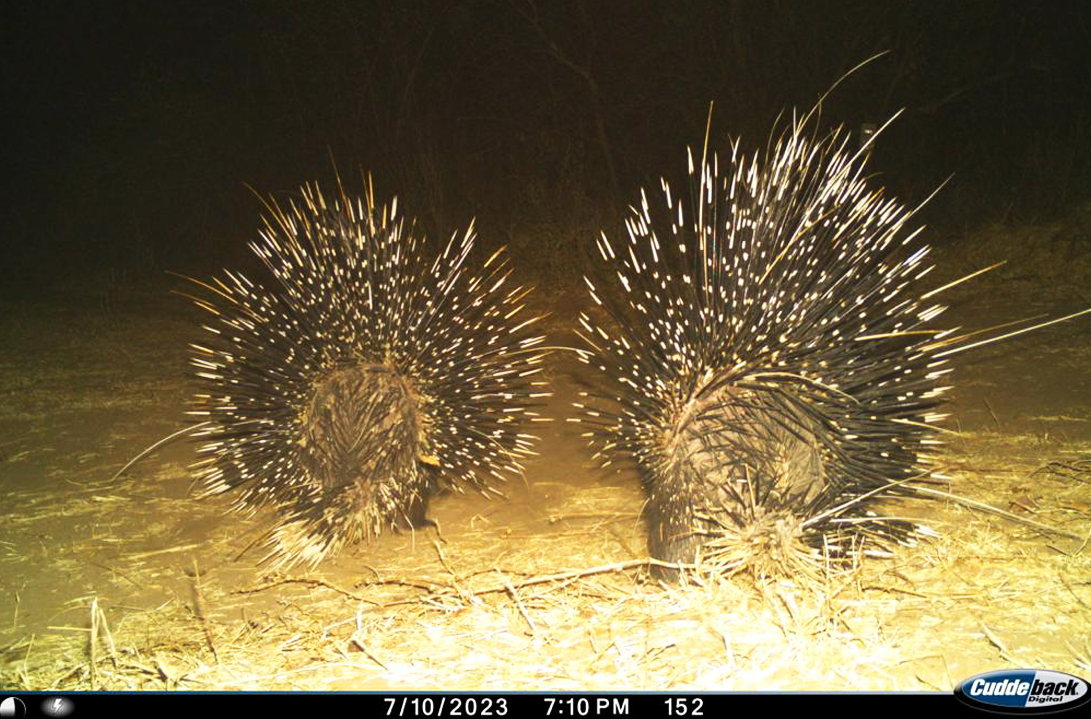
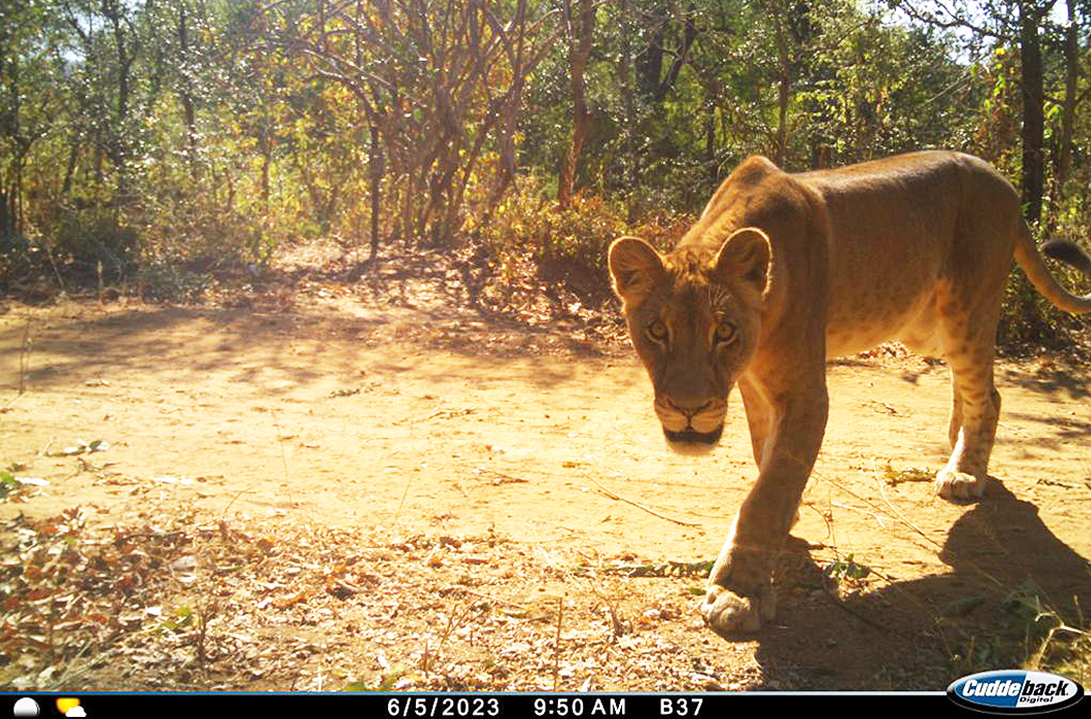
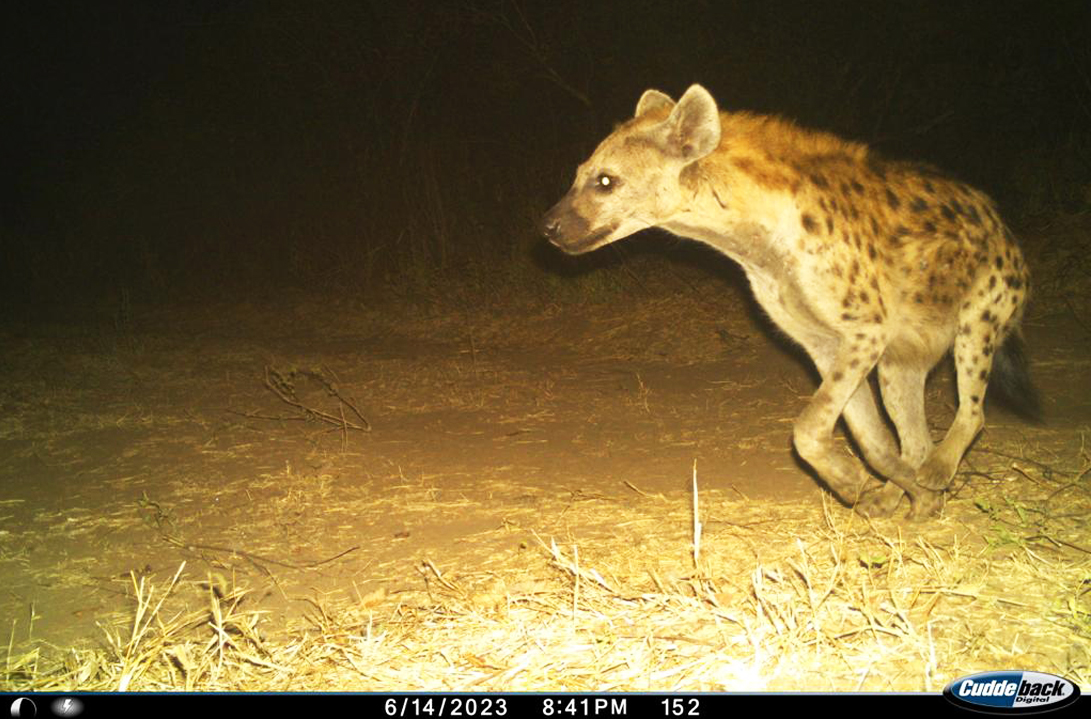
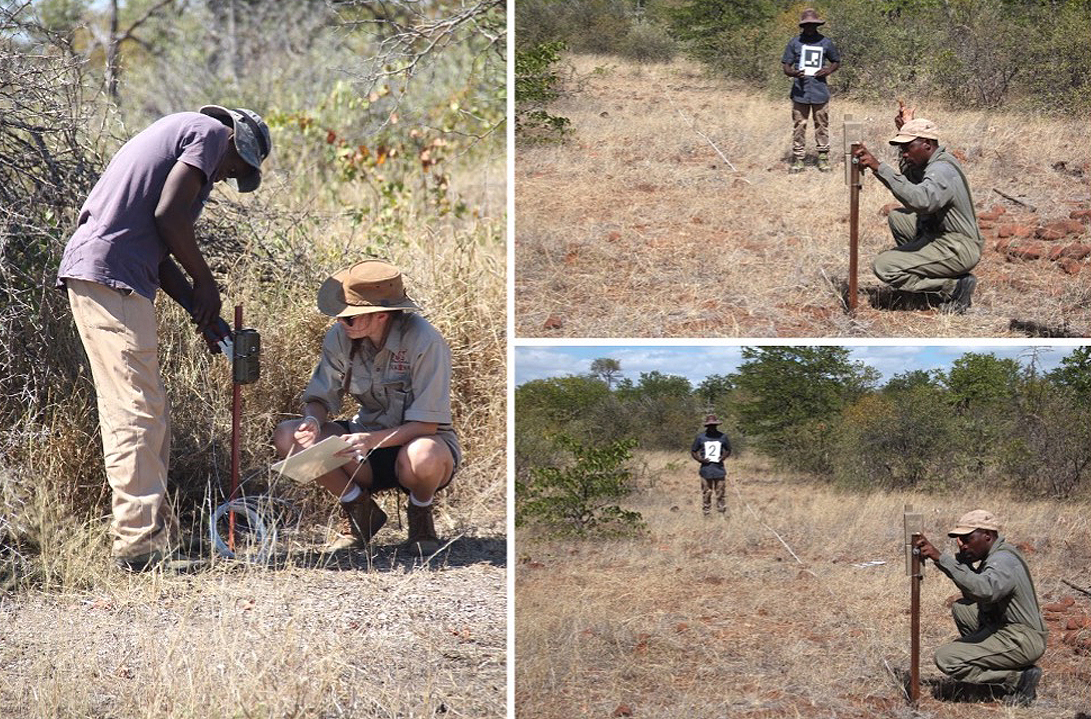
APPROACH
Research Community Engagement
Before we start designing and developing MorphoCam, we will actively connect with the camera trap research community. This engagement will help us understand how to create a tool that serves a wide range of users effectively. We will gather and analyse feedback to identify the needs of potential users, which will guide our further work.
Advancing AI Models for Depth Estimation
We plan to enhance existing AI models that estimate distances to objects in 2D images (known as monocular depth estimation models). Our goal is to find innovative methods to calibrate these models to real-world measurements. This approach will enable us to extract distance information for distance sampling more effectively and efficiently.
Building Interfaces for Distance Sampling and Morphometric Analysis
In collaboration with WildEye Conservation, we will develop user-friendly systems for distance sampling and morphometric analysis. We will integrate these systems into accessible camera trap processing tools like TrapTagger. This integration will allow researchers to utilize the newly developed AI technology in an intuitive and easy-to-navigate manner.
PROJECT MEMBERS
Professor Andrew Loveridge is the lead investigator on MorphoCam and Dr Matthew Wijers is a researcher on the project.
PROJECT PARTNERS
Morphocam is a research collaboration with Oxford’s Department of Computer Science and WildEye Conservation. The project receives funding from NERC.

